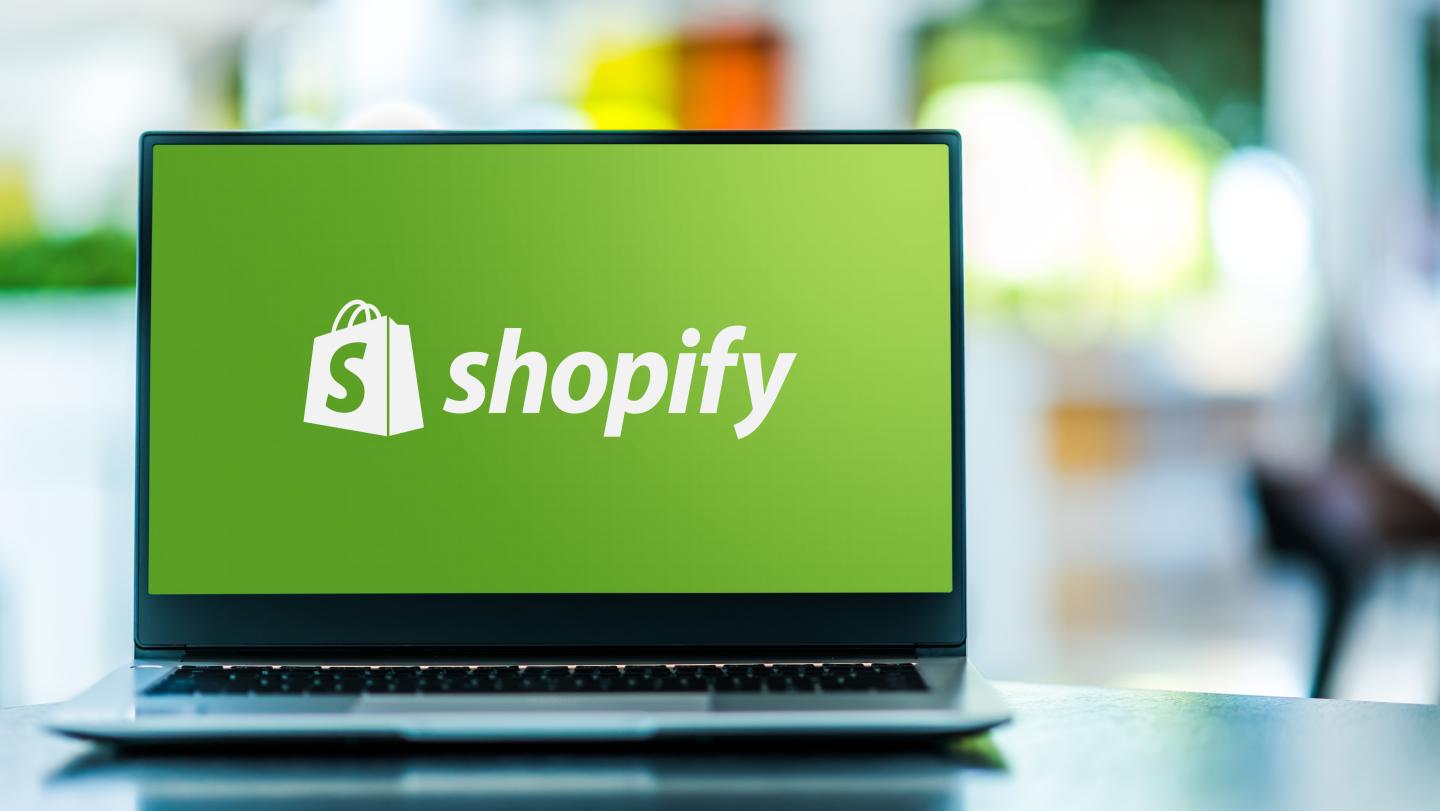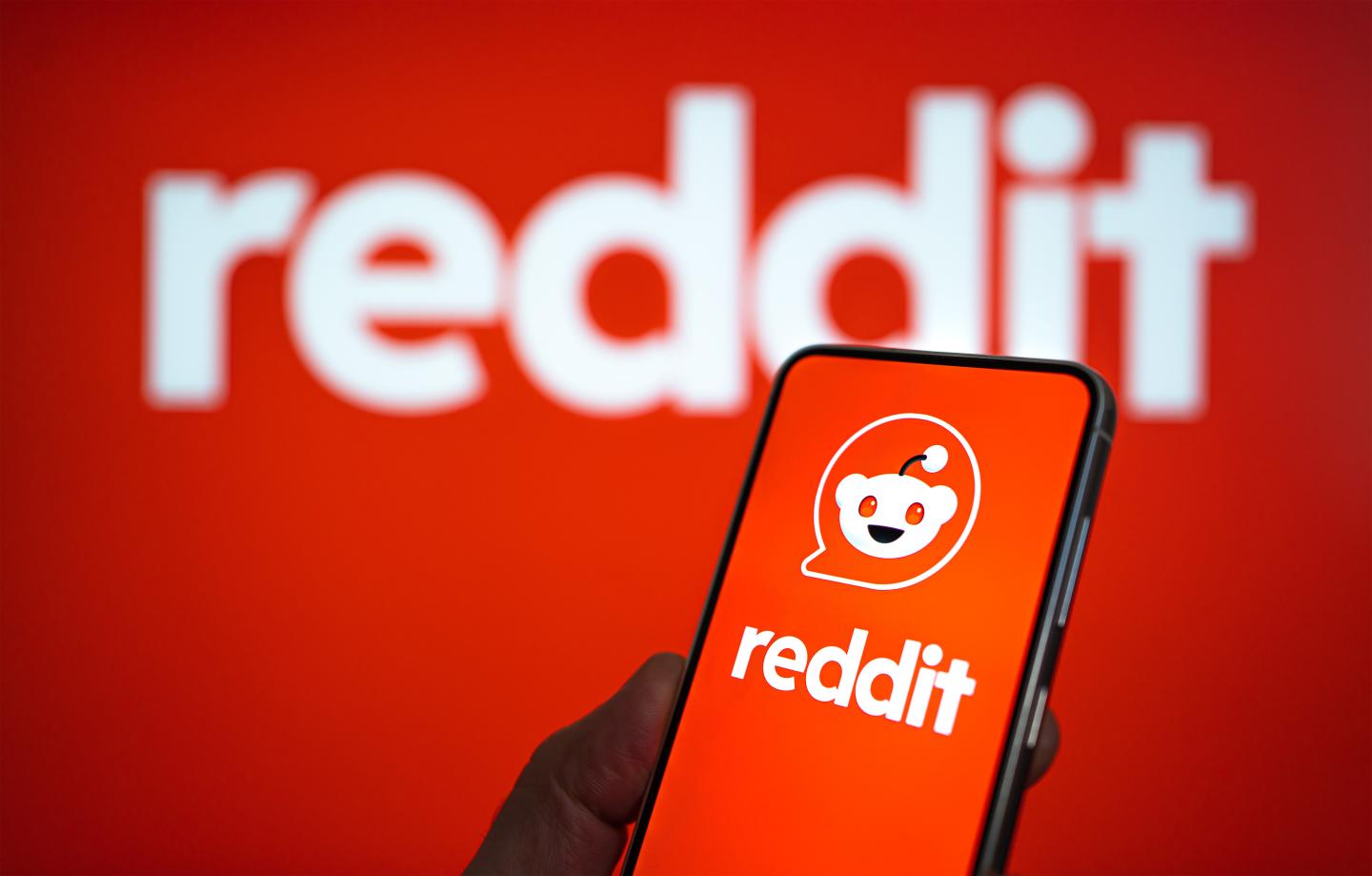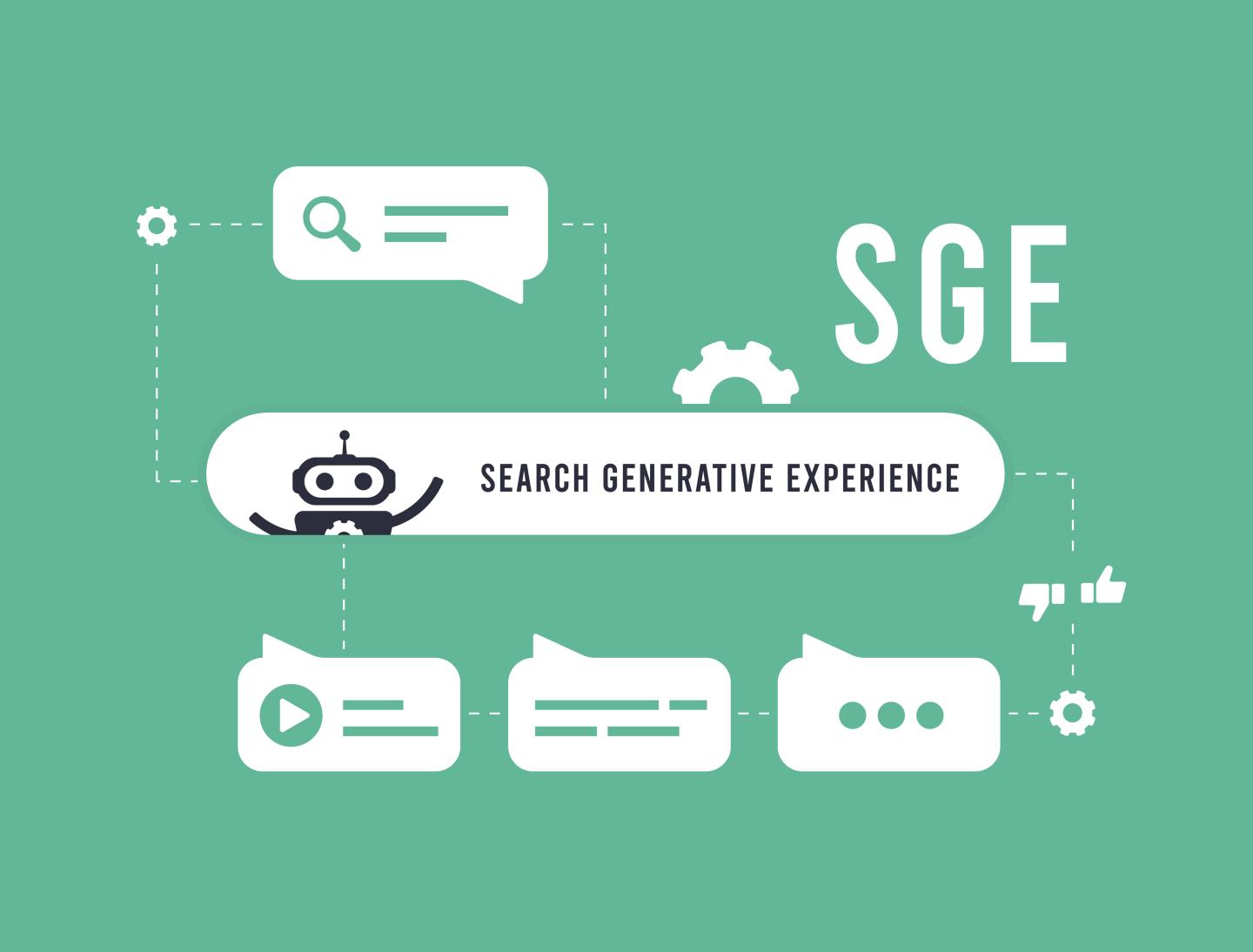Why Optimizing Your Shopify Store for ChatGPT Matters

As more consumers turn to AI tools like ChatGPT to get product recommendations, research gear, and ask for style or category insights, how your brand shows up in those conversations is the new front line of SEO. Optimizing your Shopify store for ChatGPT means you're not just ready for the search engines of the past—you’re visible and useful in the AI-driven commerce of now and the future.
In this article, we’ll show how doing it right helps you win. Read on and be sure to download our Spotify Optimization Roadmap to get started.
1. Structured Data Is Your Trail Map
ChatGPT relies heavily on structured data to surface and synthesize accurate product information. Think:
- Product names, descriptions, specs
- Pricing and availability
- Reviews and ratings
- Category tagging and internal linking
If your Shopify store isn’t feeding clean, structured data to the web (via schema markup, product metafields, and well-organized collections), ChatGPT is flying blind. Help it guide people to your products by giving it the full topo map.
2. AI-Focused Content = AI-Friendly Results
ChatGPT doesn’t crawl like traditional bots. It pulls from indexed, authoritative content. That means:
- Rich product descriptions that sound like a human
- FAQ content that mirrors the questions people actually ask
- Blog posts and landing pages that build topical authority (e.g., “best ultralight tent for solo backpacking”)
Think of your content as conversation fuel. What do you want ChatGPT to say when someone asks about your category or product?
3. Train the Algorithm with First-Party Data
Using tools like Shopify's meta object functionality or custom app integrations, you can feed ChatGPT-compatible product data directly through:
- Open Graph tags
- Clean URL structures
- Fast-loading, mobile-first design
It’s like giving the AI a crash course in your product line. The clearer the data, the more confidently it can recommend you.
4. Inventory & Fulfillment Info = Real-Time Relevance
Consumers asking ChatGPT “Where can I get this today?” or “Which shop has my size in stock?” want real-time, actionable insights. With the right Shopify integrations (like live inventory APIs), your store can become a reliable source of truth.
5. Position Your Brand Story Where It Counts
People don’t just want a jacket—they want a brand that gets why they head outside. Make sure your brand mission, sustainability story, and ethos are clearly communicated on your site. If it’s hard to find or buried in corporate-speak, ChatGPT won’t surface it. But if it’s clear, compelling, and part of your product content? Now you’re showing up in values-driven conversations.
Optimizing your Shopify store isn’t just about traffic—it’s about trust, relevance, and future-ready brand visibility.
Bottom line: ChatGPT is the new terrain ahead. Make sure you’re on the map.


